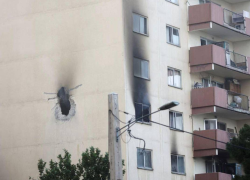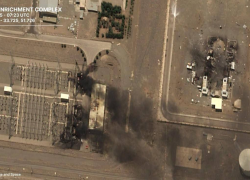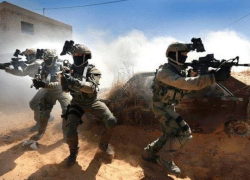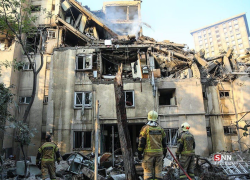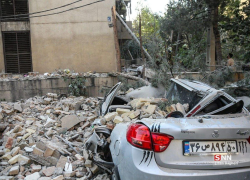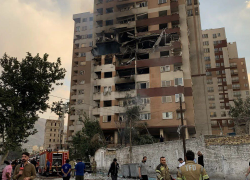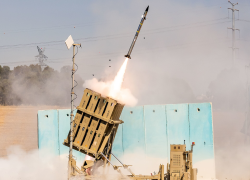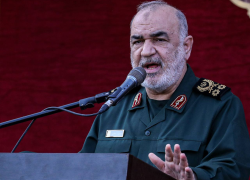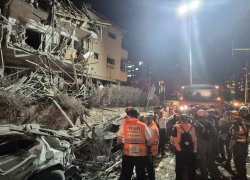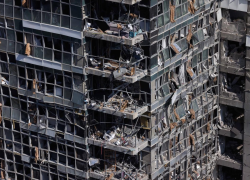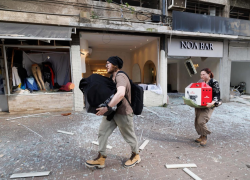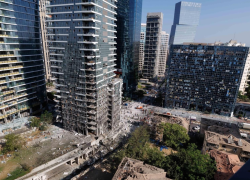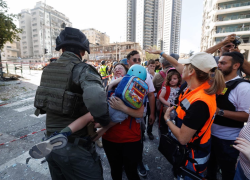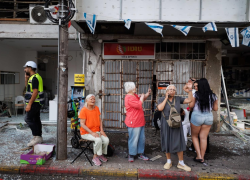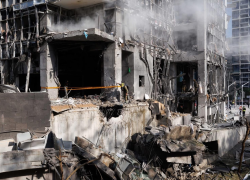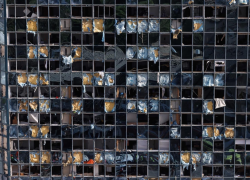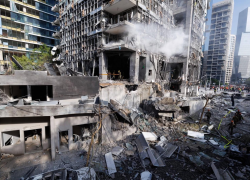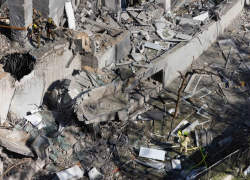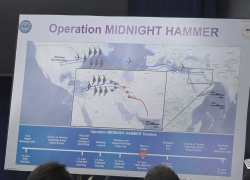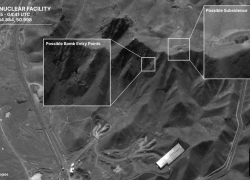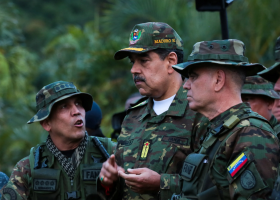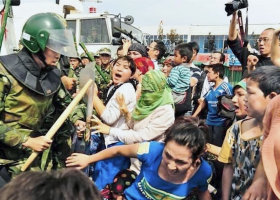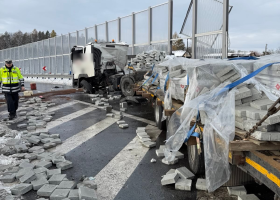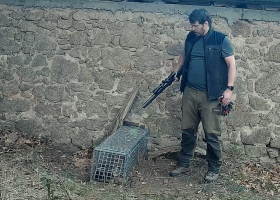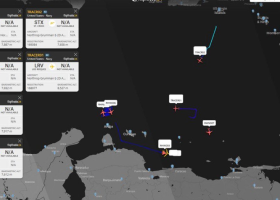-
Israeli-Iranian Conflict 2024–2025: Developments, Damage, Consequences, and U.S. Involvement
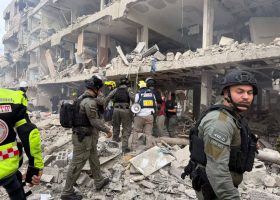
The current escalation between Israel and Iran began on June 13, 2025, when Israel carried out extensive airstrikes on Iranian nuclear facilities and military targets. Israel justified the attacks by claiming it was trying to prevent Tehran from developing a nuclear weapon—a claim that Iran has long denied, insisting that its nuclear program is for civilian purposes. However, the conflict has deeper roots – tensions between the two nations had already escalated back in April 2024 following an Israeli attack on the Iranian consulate in Damascus and subsequent Iranian reprisals.
After Israeli strikes, Iran responded with massive barrages of ballistic missiles and drones against Israeli cities, including Tel Aviv and Beersheba. Since then, mutual attacks have continued almost daily: the Israeli air force has bombed additional military and nuclear targets in Iran, while Iran has repeatedly fired on Israeli territory.
American Involvement
The United States got directly involved in the conflict on the night of June 22, 2025, when they attacked three key Iranian nuclear facilities (Fordo, Natanz, Isfahan). President Donald Trump stated that the goal was to eliminate “the most dangerous threat to Israel” and warned Iran of additional strikes if it did not agree to peace. The U.S. operation was coordinated with Israel and included the deployment of strategic B-2 bombers capable of destroying underground bunkers. Vice President J. D. Vance, however, emphasized that the U.S. “is not at war with Iran, but with its nuclear program.” The U.S. has also bolstered its military presence in the region and repeatedly warned Iran against attacking American or Israeli targets. In response, Iran warned that any further American intervention would lead to an all-out war in the region.
Damage and Casualties
-
In Iran: Israeli and American strikes hit dozens of military and nuclear sites, including the facilities at Natanz, Isfahan, and Fordo. According to the International Atomic Energy Agency, the above-ground part of the Natanz facility was destroyed and radiological as well as chemical contamination was detected. The number of casualties in Iran is hard to verify, with official sources citing at least 430 dead and 3,500 injured, while non-governmental organizations report up to 639 casualties, including civilians, scientists, and military commanders.
-
In Israel: Iranian missile and drone attacks killed at least 24 civilians, with dozens more injured. Among the targets hit were a hospital in southern Israel and residential buildings in Beersheba.
-
Infrastructure: Significant damage was inflicted on Iran’s uranium enrichment infrastructure, hindering further progress in the development of nuclear weapons. The strikes also hit Tehran’s airport and other strategic assets.
Consequences and Risks
-
The conflict has resulted in hundreds of deaths and thousands of injuries on both sides, along with significant material damage and radiological contamination in Iran.
-
There is a risk of further regional destabilization, disruption of global security, and a potential expansion of the conflict to other Middle Eastern countries.
-
Negotiations to curb Iran’s nuclear program have been disrupted, heightening the risk of further escalation.
-
There is a real threat of long-term instability, with the conflict potentially shifting into a phase of ongoing sporadic attacks.
Reactions of Israel’s and Iran’s Allies
-
Allies of Israel (USA, EU, Germany, Czechia):
-
The U.S. provided military support to Israel and directly targeted Iranian nuclear facilities.
-
Germany and other European countries are calling for a diplomatic resolution while supporting Israel’s right to self-defense, although they are also urging restraint and dialogue.
-
Czech Prime Minister Petr Fiala described the American strikes as a clear effort to prevent the development of nuclear weapons in Iran and expressed hope for de-escalation.
-
-
Allies of Iran (Iraq, Saudi Arabia, Oman, Qatar, Russia):
-
Iraq, Saudi Arabia, and Oman condemned the American strikes, calling them an escalation that threatens regional security, and have urged a political solution.
-
Qatar warned of catastrophic consequences for the entire region.
-
Lebanon stressed that it does not wish to be drawn into the conflict.
-
Iran’s proxy allies (Hezbollah, Shiite militias) have so far remained mostly passive, with a notably strong reaction coming only from Yemen’s Houthis.
-
Diplomatic Negotiations
Efforts are underway to find a diplomatic solution, for example through Germany, which is planning nuclear talks with its European partners and Iran. However, Iran is conditioning a return to the negotiating table on the cessation of Israeli strikes. The U.S. is trying to persuade Tehran to reach a regional compromise, but so far without success.
Summary:
The 2025 conflict between Israel and Iran resulted in direct military confrontation, with heavy losses in both lives and infrastructure, direct U.S. involvement, and the risk of a regional war. Israel’s allies have primarily provided diplomatic and military support, while Iran’s allies are calling for peace and condemning the American interventions. The future remains uncertain, with the possibility of either rapid de-escalation or prolonged instability. There is also the potential for isolated attacks by lone cells in Europe, particularly targeting American and Israeli interests. -


